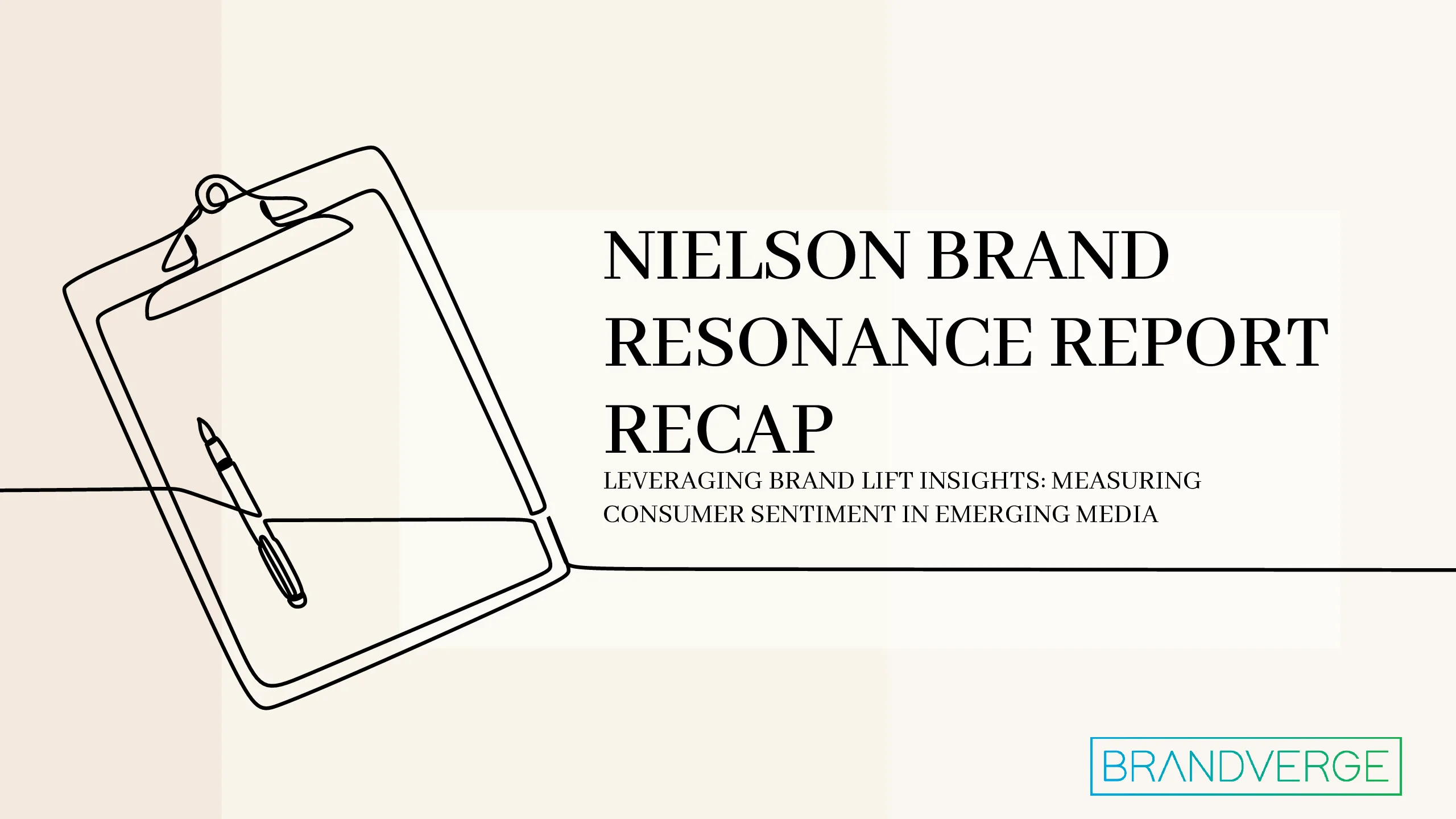In the constantly evolving landscape of marketing, the necessity for a balanced strategy that simultaneously drives short-term wins and long-term growth has never been more apparent. A recent analysis from Nielsen underscores the significant benefits of adopting such a comprehensive approach, providing critical insights and methodologies to ensure sustained brand success.
The Power of Balance in Marketing Strategy
The cornerstone of an effective marketing strategy is balance—a synergistic blend of short-term sales boosts and long-term brand growth. Nielsen’s findings highlight that focusing solely on immediate gains can jeopardize overall success. For instance, in the personal electronics industry, brands optimizing for both short- and long-term outcomes saw an impressive 12% increase in sales compared to those pursuing short-term results alone. Similarly, reliance on short-term tactics could result in an ROI that is 8% below baseline, whereas prioritizing long-term initiatives could enhance ROI by a substantial 78%.
Execute with Market Synergies
Marketing does not occur in isolation; it’s an intricate tapestry of messages and channels working harmoniously to create synergies that enhance effectiveness. It is crucial to craft campaigns where message and channel dynamics amplify each other, thereby maximizing their impact. This involves cutting competitive ad data into upper- and lower-funnel creatives, allowing brands to measure their share of voice across different strategic messages. Establishing clear organizational standards for classifying these creatives enables you to apply a unique view of the funnel not only within your organization but also in understanding competitors’ media strategies.
Measuring Success and Ensuring Consistent Optimization
An essential aspect of executing a well-balanced plan is continuous measurement and optimization. Employ tools like Nielsen’s Marketing Mix Models to evaluate the comparative effectiveness of upper- and lower-funnel messaging. For instance, the research highlights that upper-funnel messaging for an automotive brand was 5% less effective than total media in driving short-term sales. However, it was 18% more effective in fostering long-term sales.
By measuring these metrics, companies can prove that their balanced plans are functioning successfully and make minor adjustments to maintain equilibrium, rather than reverting to outdated, unbalanced approaches. This ensures steady progress in line with market conditions and consumer behaviors.
Establishing Clear Communication Standards
For a marketing strategy to flourish, establishing clear and consistent communication standards is indispensable. By adopting uniform criteria to classify messaging into upper or lower funnel, brands can better analyze their strategies relative to competitors and hone their messaging accordingly. This not only strengthens positioning within the market but also facilitates refined, data-driven decision-making.
Conclusion: Taking Command of Your Brand
A balanced marketing approach does not imply sacrificing immediate results for future gains. On the contrary, it means nurturing both for a healthier, more resilient brand presence—a strategy validated by Nielsen’s comprehensive research. To capture enduring growth, marketers must master the art of balance, strategically deploying resources across short- and long-term horizons with agility and insight.
As we embrace this paradigm shift, remember: the interplay between message and channel can yield significant synergies. When executed with precision and clarity, a balanced marketing strategy creates a powerful, sustainable force capable of commanding a brand’s future success.


Leave a Reply